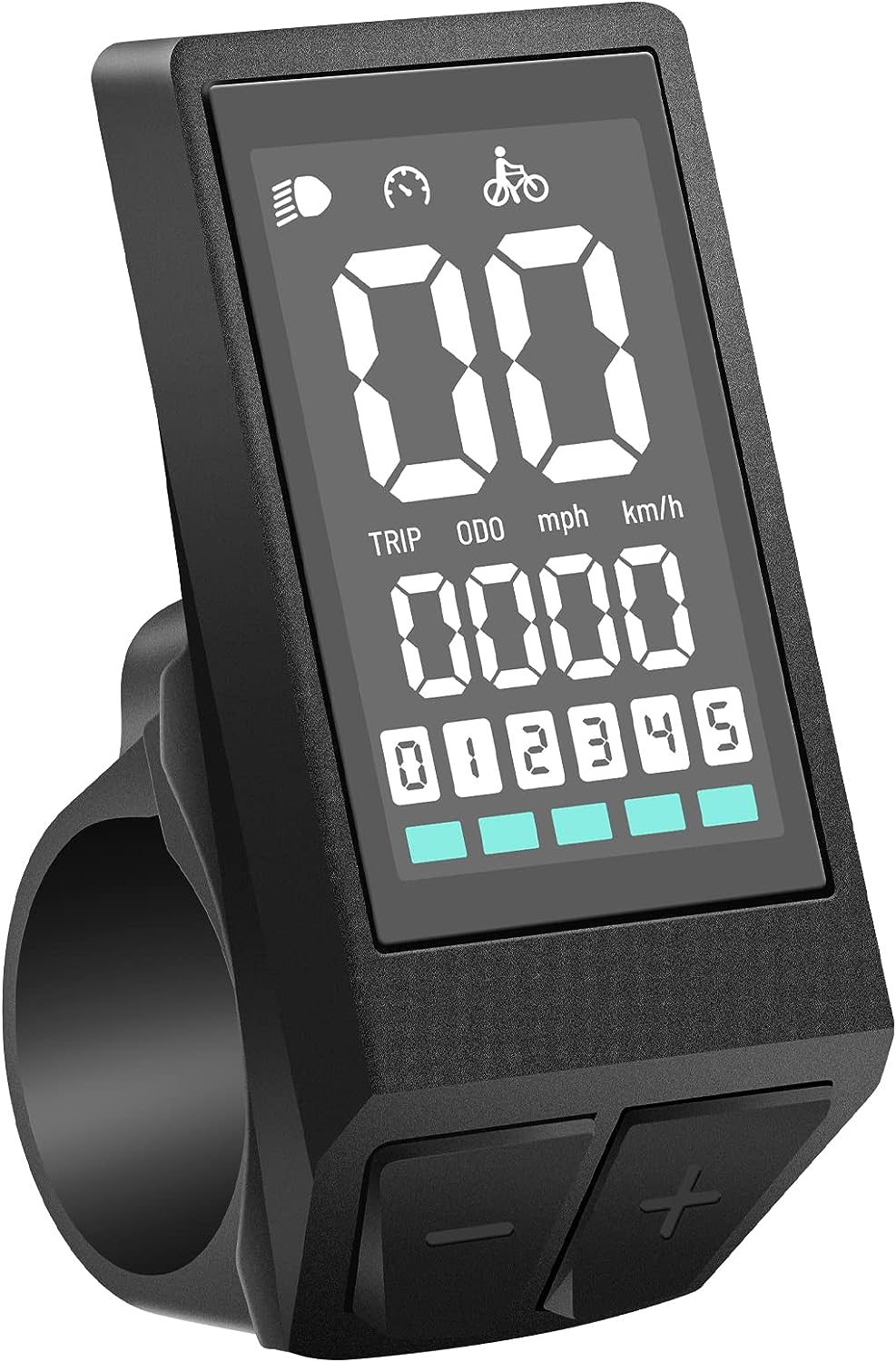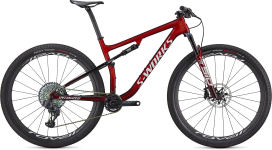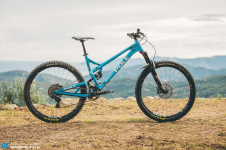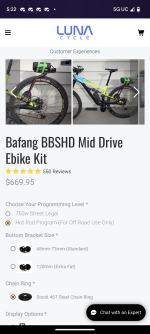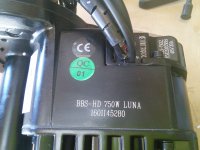kiltedcelt
100 W
So I already have the BBSHD and I know of it's advantages in heat dissipation and torque over the BBS02, however I'm looking for a lighter weight motor. Since I can't afford a Cyc motor (or at least not in the budget right now), I had been looking at TSDZ2B for a lighter motor with bonus torque sensing for a much more seamless assist feeling over the PAS on the Bafang mid-drives. Three things I want from an e-assist are 1. assist to help on the really windy days and also shave a few minutes off the 22 mile round trip commute 2. As much range as I can possible wring out of my EM3ev 52v 17Ah Super Shark battery. 3. To be able to use the assist but pedal and still get exercise. This last one is kind of aggravating with the BBSHD as I currently find that I often don't get quite enough assist (at say level 2 or 3 out of 9), to be really worth much, but then going to level 4 or 5 with the assist means I'm essentially soft-pedaling and I'm hardly getting any exercise anymore.
So, as regards getting more range - obviously less/lower level of assist translates to greater range - I've seen this in a practical manner as greatly reduced range from the days where I've ridden in level 5 or 6 due to massive headwinds. Would a BBS02 by virtue of being a lower wattage motor (750W), potentially allow me to eke a bit more range out of the battery or does that not really matter and the BBSHD is always going to win out by being better in terms of torque and heat dissipation? Do either of those even figure into a discussion about range? Can either motor be configured with the programming cable to make the level of assist be a bit more granular, like maybe make each level of assist be far more gradual? I never use throttle and I only want assist as the result of my pedaling and I'm more wanting the assist for the previous reasons mentioned about battling occasional headwinds and shortening the commute some, but I also want the assist to be able to help extend the range of rides like allowing me to ride my trike on camping trips of up to 60 to maybe even 80 miles one way, with recharging at destination of course.
I've been considering the TSDZ2B motor mainly because I know stock Bosch torque sensing mid-drives can get some pretty amazing mileage numbers from batteries half the size of my current 52v 17Ah battery. I figured that a torque sensing TSDZ2 motor might be able to yield similarly high range numbers but I'm balking a little at the complexity of the Open Source Firmware programming/modification, and also the somewhat delicate mechanical nature of the TSDZ2 motor versus BBSxx motors. It is a lighter motor, but the overall weight might be less of an issue if the TSDZ2 isn't as mechanically reliable. Are the BBSxx motors able to be configured with the programming cable to create a motor that would operate more along the lines of what I currently am looking for - basically getting more range, more exercise from pedaling, and maybe figuring out some way to make them operate a bit more "smoothly?" If my biggest reason for ditching the BBSHD is the weight, is the BBS02 really any better since it's only about a pound lighter? TSDZ2 is lighter of course and torque sensing would feel better in terms of the assist but I think I'm just balking at the mechanical issues I've heard of and also not really wanting to have to tinker a bunch with the OSF all the time not to mention worrying about inadvertently bricking the motor and my battery. The more I weigh all these factors, the more everything seems to get more muddied.
So, as regards getting more range - obviously less/lower level of assist translates to greater range - I've seen this in a practical manner as greatly reduced range from the days where I've ridden in level 5 or 6 due to massive headwinds. Would a BBS02 by virtue of being a lower wattage motor (750W), potentially allow me to eke a bit more range out of the battery or does that not really matter and the BBSHD is always going to win out by being better in terms of torque and heat dissipation? Do either of those even figure into a discussion about range? Can either motor be configured with the programming cable to make the level of assist be a bit more granular, like maybe make each level of assist be far more gradual? I never use throttle and I only want assist as the result of my pedaling and I'm more wanting the assist for the previous reasons mentioned about battling occasional headwinds and shortening the commute some, but I also want the assist to be able to help extend the range of rides like allowing me to ride my trike on camping trips of up to 60 to maybe even 80 miles one way, with recharging at destination of course.
I've been considering the TSDZ2B motor mainly because I know stock Bosch torque sensing mid-drives can get some pretty amazing mileage numbers from batteries half the size of my current 52v 17Ah battery. I figured that a torque sensing TSDZ2 motor might be able to yield similarly high range numbers but I'm balking a little at the complexity of the Open Source Firmware programming/modification, and also the somewhat delicate mechanical nature of the TSDZ2 motor versus BBSxx motors. It is a lighter motor, but the overall weight might be less of an issue if the TSDZ2 isn't as mechanically reliable. Are the BBSxx motors able to be configured with the programming cable to create a motor that would operate more along the lines of what I currently am looking for - basically getting more range, more exercise from pedaling, and maybe figuring out some way to make them operate a bit more "smoothly?" If my biggest reason for ditching the BBSHD is the weight, is the BBS02 really any better since it's only about a pound lighter? TSDZ2 is lighter of course and torque sensing would feel better in terms of the assist but I think I'm just balking at the mechanical issues I've heard of and also not really wanting to have to tinker a bunch with the OSF all the time not to mention worrying about inadvertently bricking the motor and my battery. The more I weigh all these factors, the more everything seems to get more muddied.



